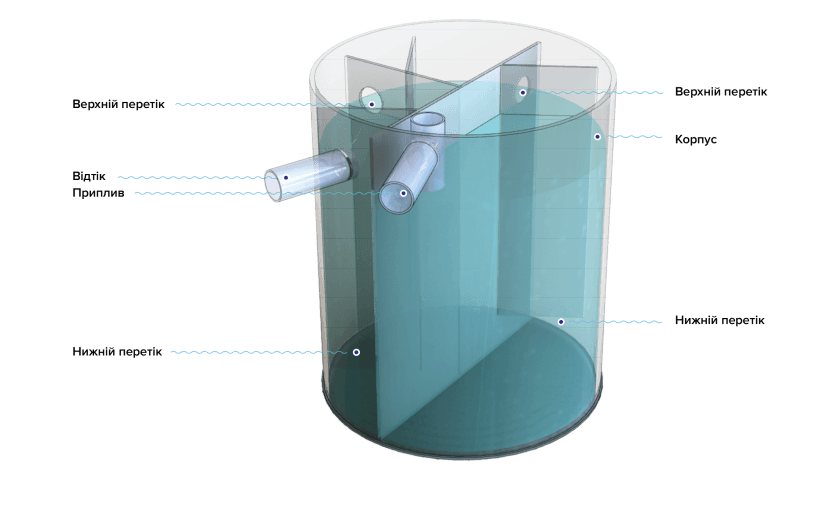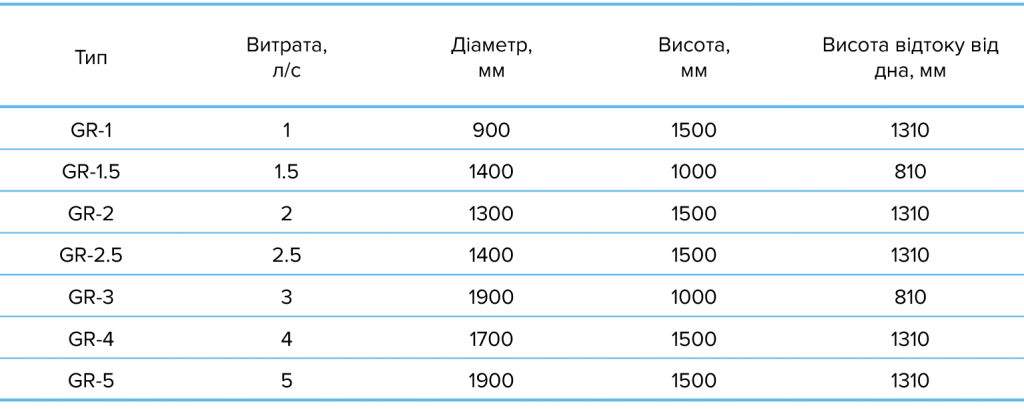Grease Traps

FAT TRAP FOR SEWERAGE: APPLICATION AREAS
Fats are a significant pollutant in sewage systems, so it’s essential to intercept them before they enter the sewage. Restaurants, commercial kitchens, and agri-food industry businesses generate substantial amounts of fats and starch in their wastewater, requiring additional treatment.
“BIOTAL” company produces innovative devices specially designed for the efficient removal of fats and starch from wastewater. Our comprehensive range of devices ensures high-efficiency purification, allowing for the elimination of these pollutants and the preservation of the sewage system in optimal condition.
We combine advanced technology and high-quality materials to create devices that effectively remove fats and starch from wastewater. Our solutions help reduce the negative environmental impact and ensure the longevity of the sewage system. “BIOTAL” is your reliable partner in wastewater purification from fats and starch.
Size

Grease traps: purpose
Grease that enters the sewage system causes problems and negatively impacts the operation of wastewater treatment facilities. This is because grease does not dissolve in water and forms sticky clumps. Additionally, the grease that enters the treatment facility hinders the growth of beneficial microorganisms. Therefore, to achieve high-quality wastewater treatment, it is necessary to install a grease trap.
Grease traps are used to intercept fats and organic oils in wastewater before further treatment. The company manufactures industrial grease traps made of high-quality polypropylene with a capacity ranging from 1 to 5 liters per second. We guarantee the effective performance of our grease traps, which will help maintain the quality of wastewater treatment and preserve the reliability of the sewage system.
How to choose?
Before purchasing grease traps, you need to determine their maximum capacity. According to regulations, wastewater from kitchen sinks should have a flow rate of 0.3 liters per second. To determine the maximum flow rate of wastewater containing grease, you need to multiply this number by the number of sinks. Based on this indicator, you can select the appropriate type of grease trap.
Installation of grease trap
To install a grease trap, it is necessary to separate wastewater from dishwashing sinks and domestic wastewater from other sanitary devices before they mix. Therefore, internal sewage networks should have two outlets – one for kitchen wastewater and another for wastewater from toilets, bathrooms, and showers. The grease trap should be installed in a concrete well in such a way that the lower level is at or above the upper level of the grease trap. Before use, the grease trap is filled with clean water.
Operation
The operation of grease traps involves regular inspection and cleaning of the device. The frequency of cleaning depends on the volume of wastewater and its nature. The recommended frequency of monitoring and removal of pollutants is once every two weeks.
The inspection of the grease trap includes:
- Visual assessment of the technical condition of the components
- Checking the amount of accumulated grease and sediment layer
